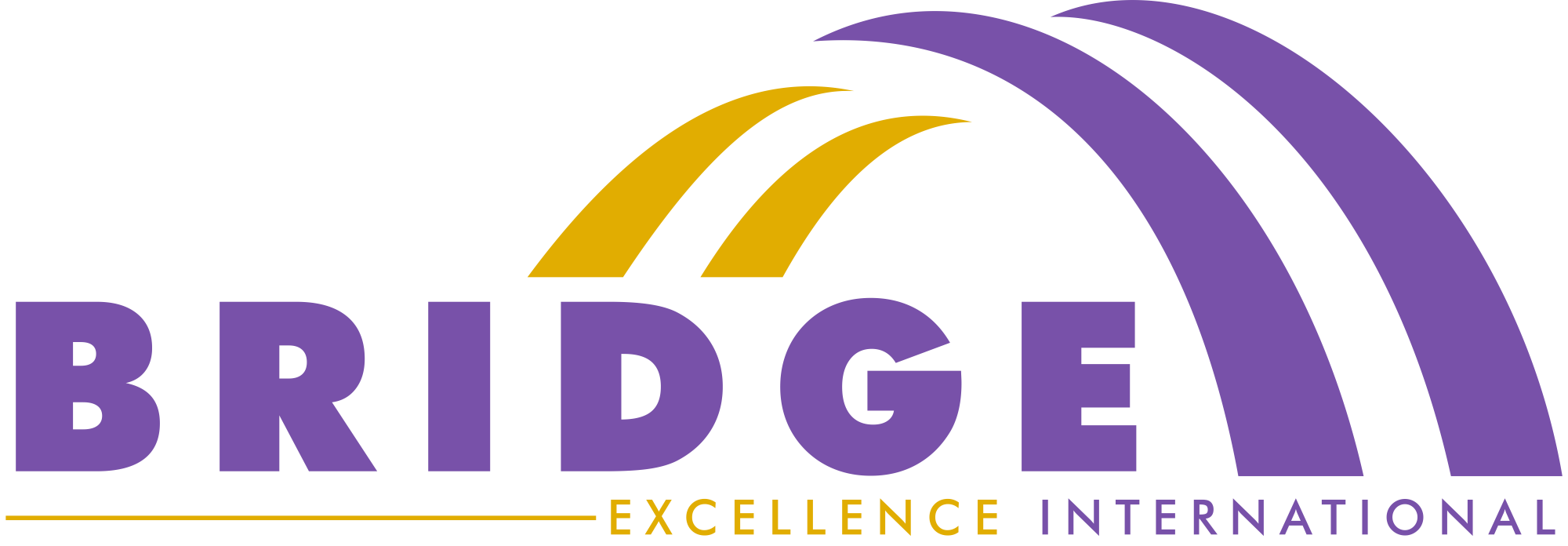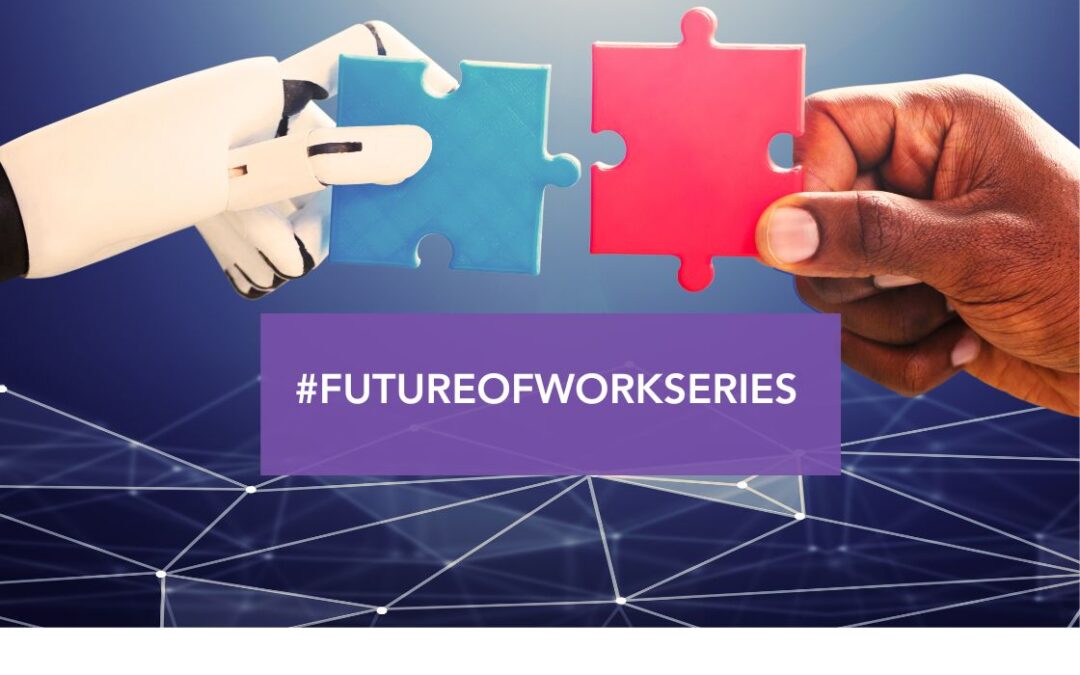In the age of digital transformation, one truth is becoming increasingly clear: the most impactful innovations aren’t born from human intelligence or artificial intelligence alone—they emerge when the two work together. Collaboration between humans and AI is not just a trend; it’s a fundamental shift in how we solve problems, create, and innovate.
This partnership is changing industries, accelerating breakthroughs, and reshaping how we think about work and creativity. Let’s take a deeper look at how this human-AI collaboration is unfolding across the world—and why it matters.
Human-AI Teamwork in Action
1. Healthcare: Diagnosing with Precision
In medicine, AI is revolutionizing how doctors diagnose and treat patients. One striking example is Google Health’s AI system, which can detect breast cancer in mammograms more accurately than human radiologists in some cases. A 2020 study published in Nature showed that the AI reduced both false positives and false negatives when tested against a dataset of mammograms from the UK and the US.
But AI doesn’t work alone—it assists doctors by highlighting potential issues, offering second opinions, and freeing up time for physicians to focus on patient care. It’s a co-pilot, not a replacement.
2. Creative Industries: AI as a Muse
In the world of art, music, and literature, AI is acting as a creative partner. Consider OpenAI’s ChatGPT, which writers now use for brainstorming, overcoming writer’s block, or drafting outlines. Musicians are using tools like Amper Music and AIVA to compose new scores. For instance, composer Taryn Southern collaborated with AI to produce her album I AM AI, the first solo album entirely composed with AI assistance.
These examples prove that AI isn’t just for the analytical—it’s also a partner in creativity, helping artists push boundaries and explore new forms of expression.
3. Scientific Discovery: Speeding Up Breakthroughs
In scientific research, AI is accelerating discovery. Take DeepMind’s AlphaFold, which solved the 50-year-old challenge of protein folding—predicting the 3D structure of proteins with incredible accuracy. This breakthrough has huge implications for understanding diseases, developing drugs, and creating new materials.
Crucially, AlphaFold’s success is empowering thousands of researchers globally, who now have access to its database to explore new medical and biological discoveries.
4. Business & Productivity: Smarter Decision-Making
Businesses around the globe are increasingly using AI to make smarter decisions. IBM’s Watson helps companies across healthcare, finance, and customer service extract insights from massive amounts of data. In retail, Amazon uses AI to power recommendation engines, optimize logistics, and even manage inventory.
In all these cases, human professionals are still at the helm—using AI-generated insights to steer strategy, make decisions, and deliver better experiences.
Why Human-AI Collaboration Works
The reason this model is so powerful is because humans and AI bring complementary strengths to the table:
- Humans bring context, empathy, ethics, and creativity.
- AI brings speed, scalability, data analysis, and pattern recognition.
Together, they form a partnership where each enhances the other. AI helps humans do more, faster, and sometimes better. Humans guide AI with purpose, ethics, and emotional intelligence.
A Call to Co-Create the Future of Work
As AI continues to evolve, the question isn’t whether it will replace humans. The real question is: How can we collaborate to create something better than either could alone?
This isn’t a far-off vision. It’s already happening—in labs, studios, offices, and homes around the world. The most successful innovators today are those who see AI not as a competitor, but as a teammate.
Let’s embrace the possibilities, harness this partnership, and build the Future of Work together.
Share this post if you believe in the power of human-AI teamwork!
#HumansAndAI

